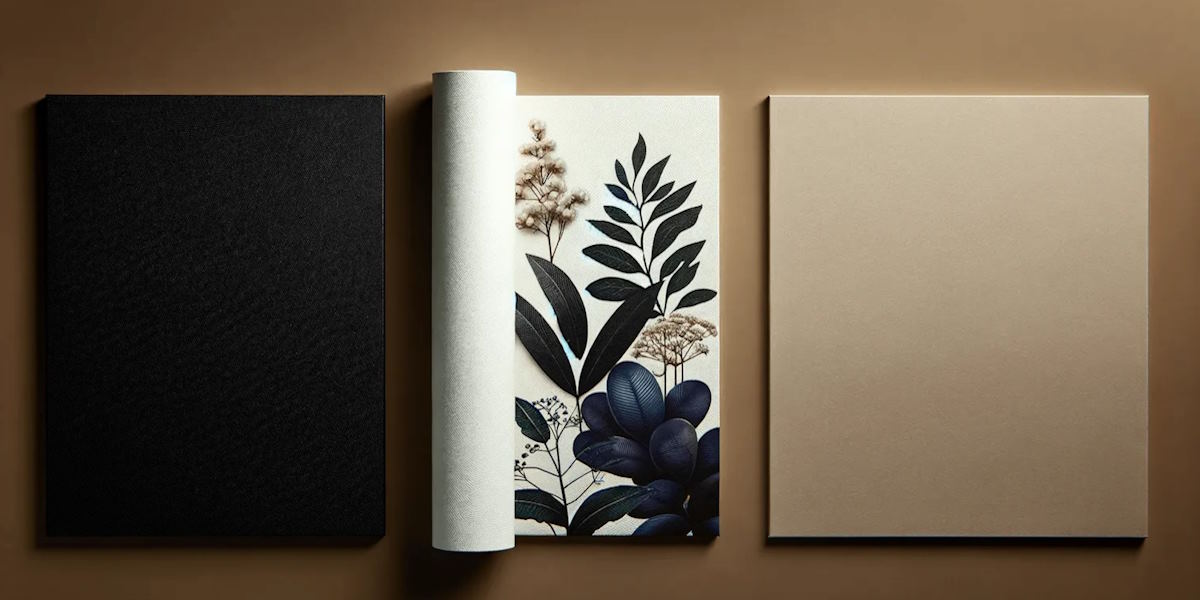Imagine you’re a chef preparing a gourmet meal. Each ingredient—spices, herbs, and vegetables—brings something unique to the table, enhancing the final dish in its own special way. Similarly, choosing the right artistic medium is about finding what works best for your vision and style. Are you aiming for the rich depth of oil paints or the fresh, spontaneous nature of watercolors? Understanding your options and how they align with your artistic goals is key to creating work that truly resonates.
Understanding Different Art Mediums
Before diving into your next project, it’s important to familiarize yourself with the various mediums available. Think of it like knowing the difference between different types of flour when baking. Each has its unique properties and uses. Here’s a quick rundown of some popular art mediums:
| Medium | Characteristics | Best Uses |
| Oil Paint | Rich, vibrant colors, long drying time | Detailed portraits, classic styles |
| Acrylic Paint | Fast-drying, versatile, can mimic other paints | Modern art, mixed media |
| Watercolor | Transparent, fluid, delicate | Landscapes, light, airy subjects |
| Pencil | Precise, flexible, great for detail | Sketches, fine details |
| Charcoal | Bold, expressive, smudgable | Dramatic contrasts, expressive pieces |
| Ink | Strong lines, high contrast | Illustrations, graphic styles |
Identifying Your Artistic Vision
Now that you have a basic understanding of the different mediums, it’s time to focus on your own artistic vision. This step is akin to deciding what kind of dish you want to cook before selecting your ingredients. Here are some factors to consider:
Style and Technique
- Abstract vs. Realistic: If your style leans towards abstract and expressive, acrylics or mixed media might be ideal due to their versatility and ability to create texture. For realistic details, oils or pencils can offer the precision needed.
- Detailed vs. Expressive: For intricate, detailed work, graphite pencils or fine brushes for oil paints are best. If you’re after bold, sweeping strokes, try acrylics or charcoals.
Subject Matter
- Portraits: Oils and pencils excel here, providing the depth and detail needed to capture human features.
- Landscapes: Watercolors or acrylics can capture the essence of nature beautifully, with watercolor providing a light, ethereal quality, and acrylics offering bold, vibrant colors.
- Still Life: Mixed media can be effective for adding various textures, while oils or acrylics can bring out the richness of colors and details.
Matching Mediums to Artistic Goals
Selecting the right medium isn’t just about preference; it’s also about how well it aligns with your artistic goals. This process can be compared to choosing the right tools for a DIY project—each tool serves a specific purpose and enhances the final result. Here’s how to match mediums with your artistic aspirations:
Experimentation and Exploration
- Try Different Mediums: Don’t be afraid to experiment with different materials. Just as a chef might try new ingredients to see how they change the flavor of a dish, an artist should test out various mediums to see what fits their style and vision.
- Find What Resonates: Pay attention to which mediums feel right. If you find that acrylics allow you to express your creativity more freely than oils, then that might be your preferred medium.
Skill Level and Experience
- Beginner-Friendly Mediums: If you’re new to art, watercolors or acrylics can be less intimidating due to their forgiving nature. They allow for mistakes and corrections more easily than oil paints, which require a bit more technique.
- Advanced Mediums: If you have more experience, experimenting with oil paints or mixed media can offer greater depth and complexity. These mediums often require more skill and patience but can lead to stunning results.
Practical Considerations
When choosing a medium, practical factors are just as important as artistic considerations. Think of this step as planning your art project’s logistics—like making sure you have the right kitchen tools before starting a recipe.
Cost and Availability
- Budget Constraints: Some mediums, like oil paints and professional-grade watercolor sets, can be expensive. Acrylics and graphite pencils tend to be more budget-friendly and widely available.
- Accessibility: Consider how easy it is to obtain the materials. If you live in a remote area, you might need to choose mediums that are readily available at local stores.
Durability and Maintenance
- Longevity: Oil paintings generally last longer and age beautifully, but they also require careful storage. Watercolors might need special framing to preserve their delicate nature.
- Care Requirements: Be aware of how each medium needs to be cared for. For instance, charcoal drawings might need to be sprayed with fixative to prevent smudging, while acrylics can be more durable and easier to maintain.



